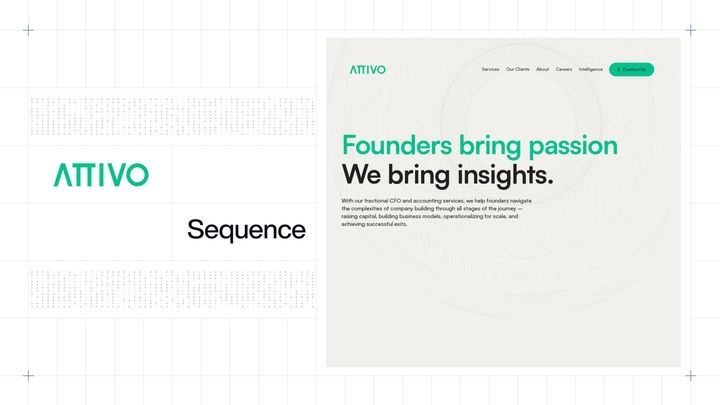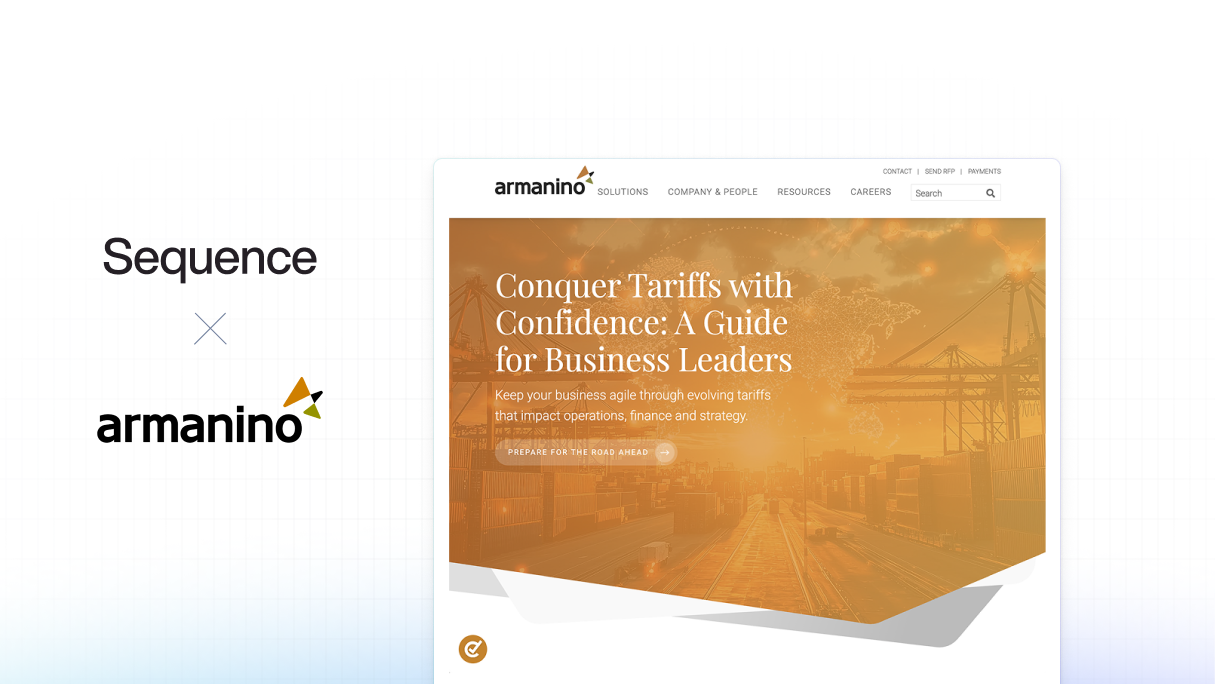Riya Grover
Webinar: Mastering B2B Pricing & Revenue Operations with Sam Blond and Saad Shahzed
Join us for an interactive discussion exploring the complexities and challenges of B2B pricing. Our panelists discuss how companies have adapted their pricing models, leveraged usage based and custom pricing, and the modern-day revenue tech stack.

In case you missed our B2B SaaS Pricing & RevOps session with Sam Blond and Saad Shahzed, here are some teasers from their collective experiences at Brex, Carta and Zenefits:
- Sam Blond - Price as a Reflection of Quality: Setting a higher price for your product can effectively position it as a premium offering in the market, leveraging the common association of higher cost with higher quality. "I actually want to be a high-priced product and perceived as a high-priced product... people associate quality with cost."
- Sam Blond - Usage-Based Pricing: Implementing usage-based pricing aligns your revenue with how customers actually use the product, leading to faster business growth due to its transparent and fair nature. "[For Brex, where customers were generating net new revenue in line with consumption] our usage-based pricing enabled us to grow faster because the customers didn’t see it as a budget line item.”
- Saad Shahzad - Simplifying Pricing: Streamlining the pricing process to a single, straightforward metric significantly improves customer understanding and decision-making, enhancing overall sales effectiveness. "We had this Excel sheet... we said, all right, scrap everything. We asked for one thing from the customer and that's it."
- Saad Shahzad - Customer-Centric Pricing: Focusing on customer experience, sometimes at the expense of immediate revenue maximization, can lead to improved conversion rates and more efficient sales cycles, ultimately benefiting long-term business growth. "We sacrificed some monetization there... we've increased our conversion rates and [reduced] the deal cycle sizes."
- Sam Blond - Sales and Custom Pricing: Introducing a degree of friction in pricing discussions can be a strategic approach to ensure that your pricing adequately reflects the product's value, encouraging necessary adjustments as the market evolves. "You actually want a little bit of friction with pricing... [without it] likely means your price point is too low."
- Sam Blond - Importance of Revenue Operations: Investing significantly in Revenue Operations is key to enhancing sales process efficiency and adapting quickly to changing business needs, rarely resulting in overinvestment. "I've never come across an environment where I've said... you're investing too much in RevOps."
Watch the full recording here.
Riya Grover
Related articles

Financial Planning and Budgeting in a Downturn, with Ramp and Vanta
Hear from Finance leaders David Eckstein (Vanta) and Alex Song (Ramp) in this wide ranging conversation about managing cash and trading short-term profitability with investing for long-term growth.
Riya Grover

When to bring in financial expertise: lessons from Attivo Partners
We recently sat down with Rebecca Lee, Co-Founder at Attivo Partners. With 20 years in the field, Rebecca gave a masterclass on how growing companies should think about scaling their finance team and tooling.
Enda Cahill

24 Years at Armanino: Building Scalable Finance Teams
Dean Quiambao has watched Armanino grow from 80 people to 3,000 employees during his 24 years at the firm. During this time, he has guided 100s of venture-backed companies through their most critical growth stages. Here are his highlight takeaways.
Enda Cahill